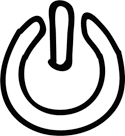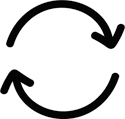4.1 How Do You Stimulate an Agile Culture?
The cultural health is solely in the hands of the leader. If he accepts that people go for self-interest and short-term results, lying, blaming others, or not sharing knowledge, this will become a habit and soon the culture.
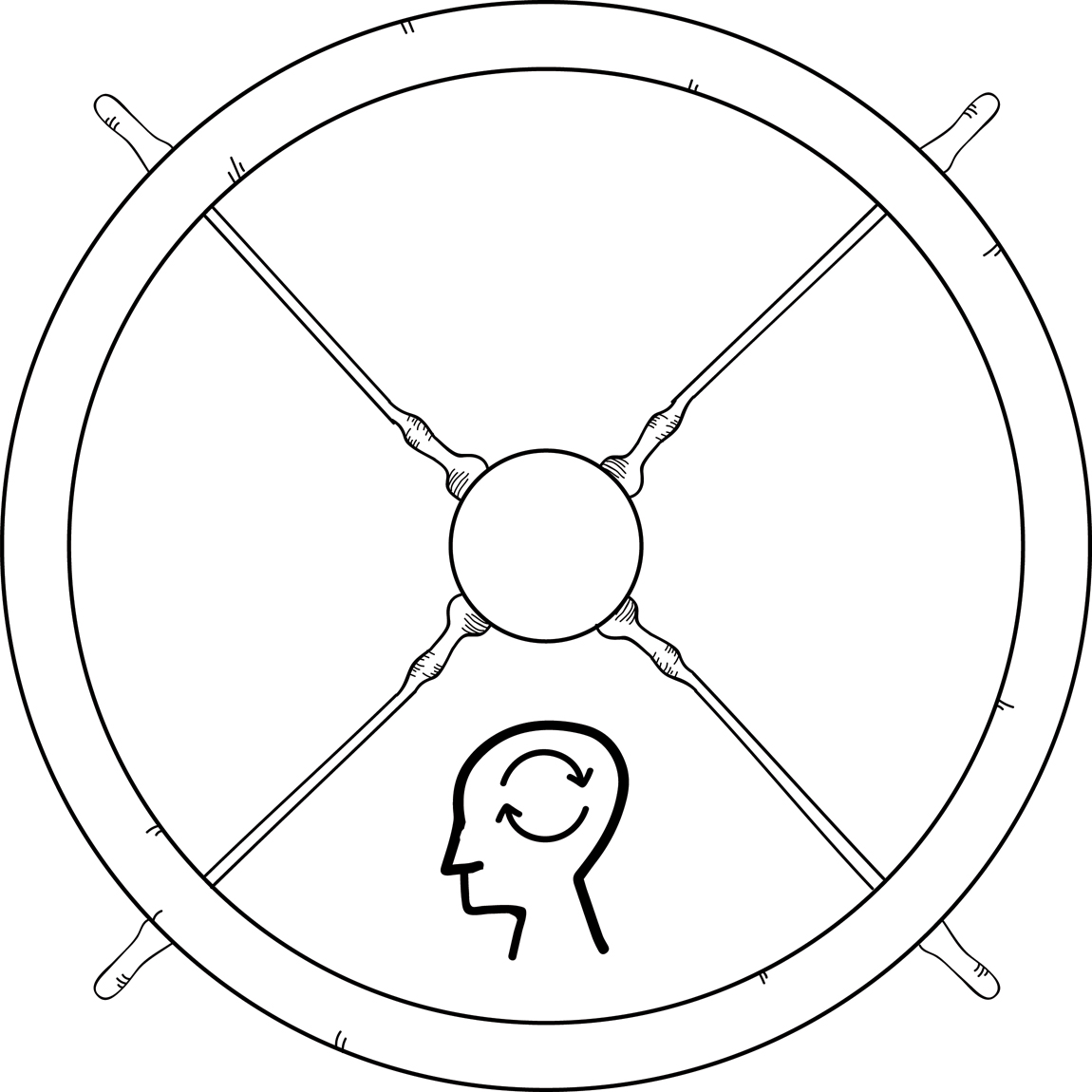
Introduction Questions
1. What are the most important characteristics of an agile culture for you?
2. Which role model do you want to be in the cultural change?
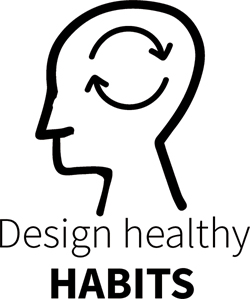
How Do You Improve the Culture?
So far, this book has covered mostly pretty tangible topics like goals, ownership, customer impact, learning faster, and the skills that go alongside. As stated in the beginning of this book, the responsibility of the agile leader is to create an environment for the teams to thrive. This means an environment in which they can take ownership (Part 2) on tangible goals (Part 1) and learn quickly from customer feedback (Part 3). A first step in creating this environment is to start using the tools already explained. A next step is to improve the culture in which the teams operate.
For a successful change to agile, it is crucial that the culture fits with the agile way of working. The culture must promote learning, transparency, candor, collaboration, and customer focus. A local culture without these aspects will likely lose its agility. Improving the culture is hard and takes time but is nevertheless crucial. In recent years I have been looking for relatively simple and effective ways to improve the culture of a team or department. The leader can influence the local culture within the scope of his mandate or responsibility. It’s of course harder to influence the culture outside the direct mandate of the leader; the latter is not part of this section. In this final part, I’ll give several practical ways to influence and improve the local culture.
Seeking ways to improve culture, I interviewed several leaders, looked back on successful changes, and brainstormed with managers. This showed that several successful leaders were unconsciously skilled at changing the culture. Studying them and interviewing them revealed that, at first, they didn’t really understand why they were often able to change the local culture. But along the way we discovered that they had a keen eye for two things. First, culture follows structure1 (Larman’s law). That’s why the first and biggest part of the leadership toolkit in this book is to give new structures, new tools, new metrics, and new meetings. Second, they were unconsciously skilled in changing habits and in influencing heroes (informal leaders). They saw habits that strongly influenced the culture. Next, they had an eye for the informal leaders and how they anchored a culture. Let’s have a closer look.
1. http://www.craiglarman.com/wiki/index.php?title=Larman%27s_Laws_of_Organizational_Behavior
Improving culture is a tough and intensive process that requires perseverance and vision. Culture has all sorts of facets and ingredients that intervene and work together.
Language, jargon. Specific words and slang that have a meaning and create a group feeling. New people need to start to learn these words before they can be effective in the system.
Habits; “That’s how we do it here.” Ingrained behaviors that are common. People who don’t do these behaviors are perceived as weird or at least different.
Heroes or informal leaders. People who are respected and followed because of their achievements for the whole group. Their behavior is copied.
History. Behavior of previous managers, mergers.
Symbols, reports. Overviews, icons, flags, or lists that define the group.
Norms and values. The values that drive the behavior; for example, caring for the poor, taking care of the world’s environment, green energy, abiding tax laws, or smaller things like being on time for a meeting, starting a meeting with a social talk, or the level of formality with which emails are written.
These ingredients influence each other and together form the culture. This makes culture very complex and sticky. Together they form a system of “ingredients” that intervene and influence each other. (For further details on system thinking, take a look at the work of Peter Senge.) Changing the system of intervening and influencing ingredients is difficult for two reasons. First, each ingredient can’t be studied by itself without the relation to the other ingredients. Next, one person can’t have an overview of the whole system; it’s too complex and therefore requires different perspectives. Luckily, that doesn’t mean that culture is fixed and impossible to change. The solution is to start with one or two ingredients while having the perspective on the whole by using the views and experiences of different people.
Based on my experience over the past years, a good practice to improve the culture is by focusing primarily on three ingredients, namely, habits first, and after that symbols and heroes. By first changing the habits (the routine behavior) and then adding better symbols (reports, overviews, lists), a culture change is started. After that, new heroes or new informal leaders are needed to really anchor the culture.
So how do you improve the culture? It consists of the following (iterative) steps. For each improvement you want to make in the culture, these four steps can be used.
Discover a part of the culture you want to improve.
Together with a few people, brainstorm on the habits that drive the existing culture.
Discover new, healthy habits that drive the desired change.
Anchor the change by adjusting symbols (reports, overviews, lists) and guiding informal leaders to show the right behavior.
These steps are also the sequence of the rest of this part of the book. These steps will change the culture, not with a big-bang change, but with many small iterations. These four steps can be used for a single improvement or for several improvements simultaneously. Successful agile leaders continuously improve the culture to improve the inspirational environment for their teams. Healthy culture is crucial for thriving self-managing teams. The culture is—as it were—the oxygen for the team. Without it, for example, collaboration is impossible and teams are not effectively focused on customer impact. Leaders can’t micromanage or control their teams. They are, however, crucial in creating and improving the culture. Because, as I will explain about informal leaders, self-managing teams can’t fix bad informal leaders themselves. They need the formal leader to step in and fix it.
To focus on a cultural improvement topic, let’s have a closer look at what an agile culture actually is.
What Is an Agile Culture?
As mentioned previously, it’s important that the culture also matches the agile way of working.
The results of the team are more important than the individual results of an employee.
Compliments and appreciation of customers and users are the real proof of success.
Employees with different disciplines exchange knowledge and experience.
There is continuous innovation through experiments.
Team thinking is crucial; no single employee can see the big picture by himself.
In the event of mistakes, it is stated in a fair and transparent way what went wrong so that many can learn from it.
The informal heroes are those employees who let teams win and others grow.
Stopping projects, products, or ideas prematurely is not a failure but a celebration because something has been learned.
Helping customers is more important than following internal processes and procedures.
Brainstorming with several people on these aspects of an agile culture is a good starting point to find a first cultural improvement. If the current culture of an organization is the opposite of the previous description of an agile culture, the agile method will probably never grow nor thrive.
With this first cultural improvement identified, let’s have a closer look at how habits influence the culture and how habits can be changed.
Why Did the Existing Habits Block the New Culture?
Before Rob started changing, there were a few strong habits in his department. The first is the habit around the “work stock,” or backlog. The work stock of an individual employee was so high that he could not finish the work within a few days. The habit was to not ask for help and to just go home at the end of the day. Suppose that some people tried to change the habit and ask for help. And others started to help out. The people who helped couldn’t finish their own work or else they would look bad on the individual metrics. That isn’t a reward for new behavior, so it will never become a habit or culture to help others. Suppose that Rob had organized an energizing event “today inside, today outside” with all kinds of motivational speakers, culture workshops, and other inspiration sessions. Would this have had a long-term effect? Probably not, because an employee can hardly solve a problem on his own. The existing structure blocked the new culture.
What Are Habits?
A habit2 is an act or behavior that one is accustomed to and one does not think about explicitly. Think of brushing your teeth, stopping for red light, rolling your shoulders when you are tense, or taking off your shoes when you come home. A habit consists of three steps: trigger, routine, and reward. The habit is triggered, after which the routine is rewarded. Together these three parts form the habit loop (see Figure 4.1).
2. https://www.merriam-webster.com/dictionary/habit
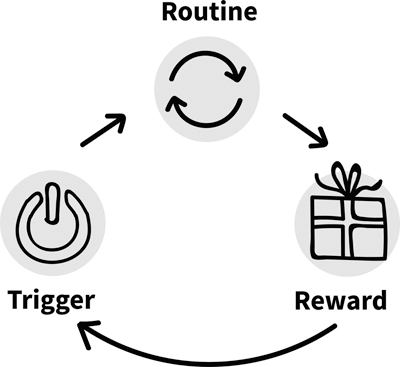
Figure 4.1 The habit loop
Let’s have a closer look at the three parts of this habit loop.
|
Trigger The trigger is a situation, moment, or event. This trigger initiates a reaction from a person or a team. It’s like pressing a button that turns the habit on. Thanks to earlier (positive) experiences, the mental behavior is shaped. Without much thinking or reconsidering, previous action or behavior is initiated. |
|
Routine The routine is the behavior or action that might have been uncomfortable at first but is becoming more and more familiar. From opening a door to giving feedback, covering mistakes, working harder, or even experiencing emotions like getting stressed, feeling happy, or smiling. At first the behavior might feel new or awkward, but thanks to the positive reward, the behavior quickly becomes a routine. |
|
Reward The reward is the positive outcome or benefit of the behavior, like being able to do something more easily or preventing pain, but also more vague things like feeling appreciated, part of the group, or better about oneself. The reward has to be almost instant. A behavior with a reward that comes after a few days isn’t going to be a routine. Because of the reward, our brains make an increasingly strong connection between the trigger and the action, until in time we act without thinking about it. |
How Do Habits Change?
How do the old and new habits fit into the habit loop?
Habit 1: Own Stock
Table 4.1 Own stock
|
Old Habit |
New Habit |
Trigger
|
During the day, the employee looks at his own stock of work. |
|
Routine
|
He sees the large work stock. He spends the rest of the afternoon doing his best, but it does not get done in one day. He does not ask for help. |
He sees the work stock, but it is too big to be completely eliminated this afternoon. He consults with the team and asks other teams for help. |
Reward
|
No negative feeling. Has the same work stock as other employees. Nobody asks for help. |
Team feeling. Work stock is zero at the end of the day. Satisfied feeling that the work is completed. Go home on time. |
In order to realize the change—to ask for help—the new behavior of an employee must be rewarded in the short term, almost instantly. If the employee, for example, gets help and besides feeling part of the team also can finish his own stock of work for today, it’s more likely this behavior becomes a routine (see Table 4.1). But in the current environment, asking for help would not work because everyone is busy. If somebody gives help, that person will have an even higher pile of work; so probably, nobody offers help. Working longer as well does not help because it concerns a structural problem. People might work longer for a few days, but that doesn’t become a routine because the pile of work remains high. So because no alternative behavior has a short-term positive reward, nobody can change the habit and thus the culture at the individual level. That is why the current habit is such a strong part of the existing culture. The agile leader has to change the environment first before the new behavior can thrive—and only after the new behavior is felt positively in the short term. This allows the new behavior and habits of employees to transform the culture.
Habit 2: Something Goes Wrong
Table 4.2 illustrates what happens when something goes wrong.
Table 4.2 What happens when something goes wrong
Old Habit |
New Habit |
|
|---|---|---|
Trigger
|
A mistake is discovered. |
|
Routine
|
Blame others. Point to others that caused the mistake. |
Brainstorm together with different people on the root cause and possible solutions. Learn from the mistake and improve. |
Reward
|
No negative attention. No need to change. Focus on own work. |
Team spirit. Improvements are really implemented. The number of mistakes lowers. There are more satisfied customers. |
As soon as a mistake or an error occurred, the previous managers searched for what had gone wrong. See Table 4.2 for the habit loop of this example. The “guilty” got—so to speak—a slap on the wrist. Because the learning wasn’t shared with others, similar errors were not prevented. Employees who shared their mistakes openly received negative attention from the managers. And employees who took the time to implement improvements increased the debt in their own workload, which was not appreciated by the former executives. As a result, this habit couldn’t be changed at the employee level because there was no substitute behavior that was rewarded in the short term.
Only when Rob regularly held discussions with various employees to improve things and made these improvements really visible and tangible did the new habit slowly arise. Rob also set a good example by sharing his own mistakes at departmental meetings with a good dose of humor.
It can be concluded that habits are an important instrument for cultural change. In doing so, the agile leader acts, as it were, as a habit architect: he designs new habits that change the culture positively. In the following sections I will discuss two practical tools that help to improve a culture: the Habit Matrix and the TO-GRIP pattern.

